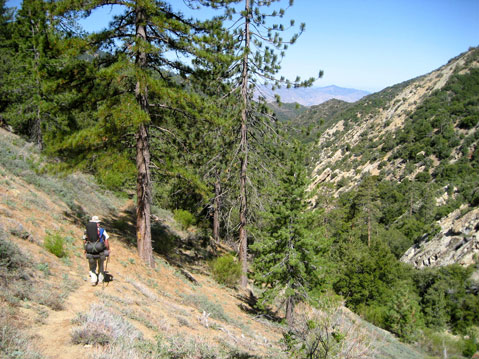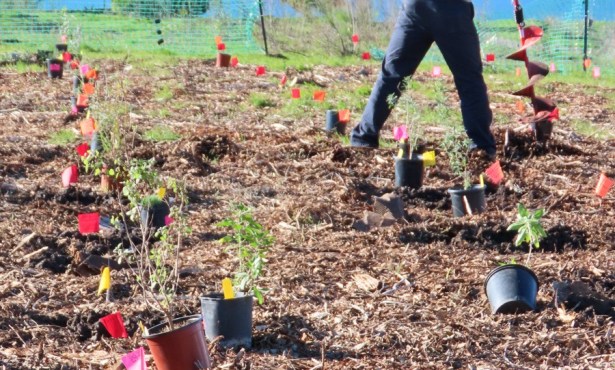No Extra Wilderness for Los Padres
Forest Service Expands Protections — But Not All the Way — in Finalized Management Plan

It’s taken nearly a decade of enduring environmentalist lawsuits and run-of-the-mill bureaucracy, but the U.S. Forest Service finally released an updated management plan for the Los Padres National Forest earlier this month.
As dictated in a legal settlement reached with the Center for Biological Diversity and others in 2011, officials with Los Padres and the three other Southern California national forests were forced to reconsider aspects of the first plans proposed in 2006, which followed years of community input. Based on that review, the new Los Padres plan adjusts criteria used for monitoring forest ecology and also places 293,000 acres of the forest land under a more restrictive zoning called “backcountry non-motorized,” thereby blocking off-highway vehicle use and making future development more difficult to achieve.
But the Forest Service chose not to recommend that any additional Los Padres acreage be designated as “wilderness,” the highest national forest protection available, and that’s got some forest watchdogs a bit irked.
“We completed the evaluation and determined that none of those areas were really suitable for wilderness,” said forest planner Kyle Kinports, explaining that they also tried to keep existing uses intact, so that popular dirt-bike trails were allowed to stay as corridors through the new non-motorized areas. Despite not adding any new wilderness beyond what was proposed in 2006, the plan does still have the original recommendation of 36,000 more wilderness acres in the Dick Smith, Chumash, and Matilija areas of Los Padres.
“We’ve got a tremendous amount of wildness relative to other forests,” said Kinports, noting that 48.3 percent of the forest is designated as such now, and the additional 36,000 will mean half of the 1.8 million-acre forest is protected as such. And with the 293,000 new acres of backcountry non-motorized, about 85 percent of the forest is off-limits to anything other than hikers, mountain bikers, and equestrians.
But that’s not satisfying enough for Jeff Kuyper, executive director of Los Padres ForestWatch, who’d hoped that the Forest Service would designate at least some of those 293,000 acres in question as wilderness. “They had a very convoluted decision document,” said Kuyper. “What it comes down to is the Forest Service believes that there is already enough wilderness, so we don’t need any more. They think that non-wilderness areas are easier to manage, although it doesn’t get much easier to manage that just leaving it alone.”
Kuyper agrees that the backcountry non-motorized is a step in the right direction, but he’s still evaluating legal options with his attorneys to see “whether there are any ways we can work with them and other stakeholders to recognize the outstanding wilderness values that the Los Padres has.” He’s hoping that the legislation proposed by Congressmember Lois Capps to expand the Los Padres wilderness areas by more than 200,000 acres — in fact, even the 36,000 recommended by the Forest Service still needs to be approved by Congress — will progress in the years to come.
“That’s why the Wilderness Act exists,” said Kuyper, “so when the Forest Service thumbs its nose at new wilderness areas, Congress can step up and designate them with their own initiative.” But Capps’s initiative hasn’t picked up any traction so far, and Kuyper admits that it is unlikely to do so in a Republican-dominated Congress.
Back at Los Padres headquarters, Kinports is already thinking about the next plan update, whose every-20-year process will start all over again in the the next few years. “We’ve been hitting it pretty hard for the past three years on this plan amendment,” he said. “At some point soon, we’ll be looking at another plan revision.”



